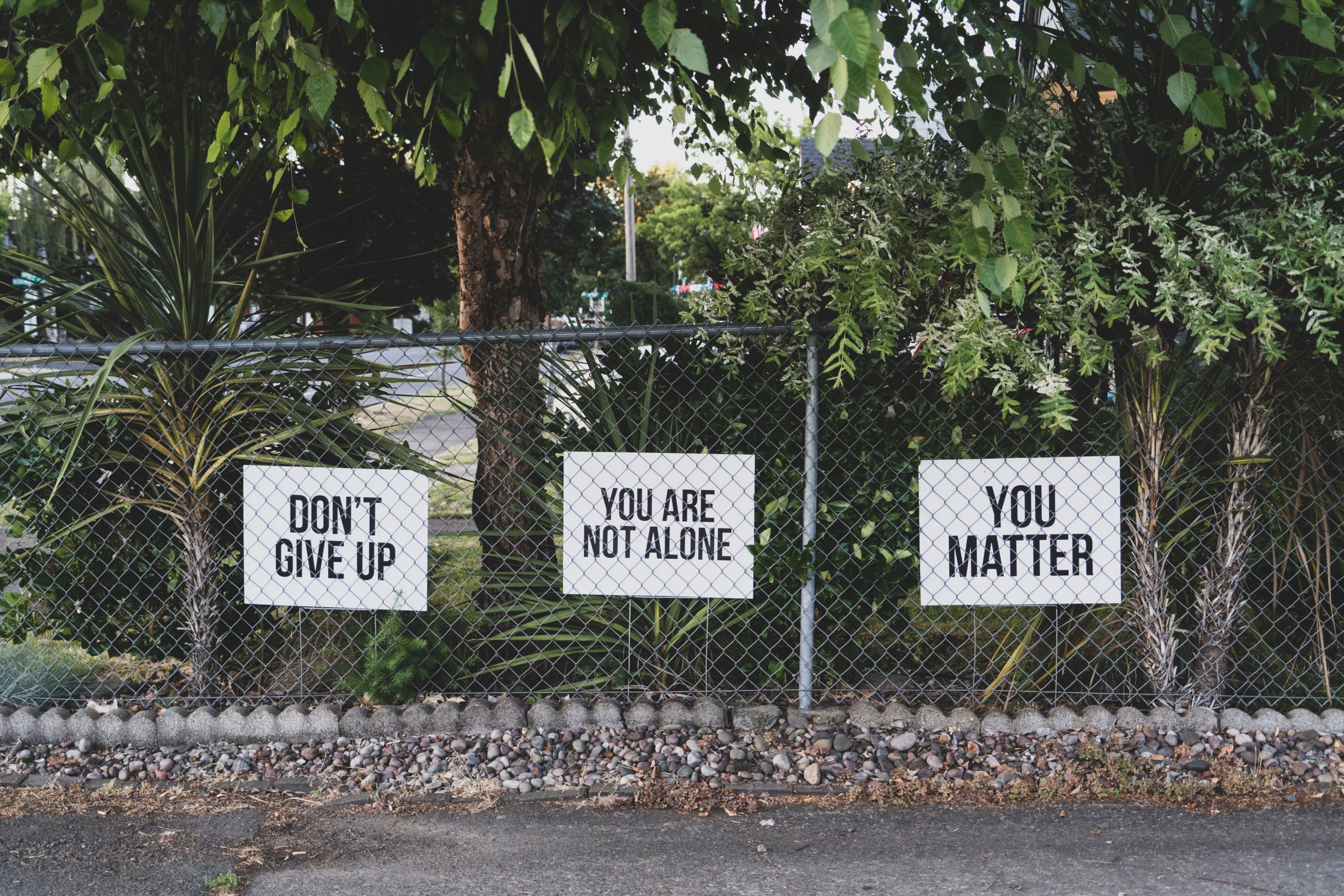By Heather Kittle
Fredrick McKinley Jones (1893-1961)
Refrigerated Delivery Truck


If you enjoy the ease and convivence of frozen foods, you have Fredrick Jones to thank for that. The frozen food industry was born because he invented the refrigerated delivery truck. After many years creating inventions and patenting over 60 patents from 1919 and 1945, Jones partnered with Joseph Numero, head of Ultraphone Sound Systems, creating U.S. Thermo Control Company. With Jones as the vice president, he was tasked with creating a device able to carry perishable goods over long distances and time without spoiling. After some time, the Thermo King was born. Jones died in 1961 but was posthumously awarded the National Medal of Technology, making him the first black inventor to receive one. Thank you, Mr. Jones, for making the frozen food industry possible and helping to keep us fed!
Dr. Lonnie Johnson (1978-present)
Super Soaker


Who would have thought that a scientist and NASA engineer created one of the most beloved and nostalgic summer toys from the 20th century? And by accident, at that! With over 100 patents to his name, Dr. Lonnie Johnson can be credited for creating the Super Soaker, his most popular patent. Johnson came across the idea for the Super Soaker while working on ideas for a heat pump that would use water instead of Freon because of the fear of how much Freon would impact the environment. After experimenting with nozzles and shooting a stream of water across the room, the Super Soaker was born. But if that wasn’t enough, he can also be credited for the invention of the Nerf Blaster! Thank you, Dr. Johnson, for keeping our childhood summers cool and creating lasting memories!
William Dorsey Swann (1858-1925)
Drag Queens

Born into slavery, William Dorsey Swann was an American gay liberation activist. If that alone isn’t something to be proud of, he was also the first to lead a queer resistance group in the United States and the first known individual to self-identify as “queen of drag’. After the Civil War, Swann moved to Washington, D.C, for the opportunity of higher pay. At night, Swann found other like-minded black men who wished to express themselves. Swann started organizing secret “drag parties,” becoming so popular over time that it became invite-only and happened once a year due to the risk. Arrested on several occasions, the most well-known was in 1896 for “keeping a disorderly house.” Swann demanded a pardon by President Cleveland but was denied and sentenced to 10 months. The request alone was the first in recorded American history where someone took legal action to defend the queer community. Unfortunately, Swann was never celebrated for their action during their time. They died in Dec. 1925 after city officials burned down their house. Thank you, Queen, for laying the foundation for those in queer communities and activism. I wish you could see how far it’s come.
Sarah E. Goode (1855-1905)
Folding Cabinet Bed

Much isn’t known about Sarah B. Goode, and although her invention isn’t seen these days, it doesn’t make her or her invention any less critical. Born into slavery in 1855 in Toledo, OH, to a carpenter father, Goode was freed from slavery at five years old. After the Civil War ended, she and her family moved to Chicago. There, in 1870, she met her husband, Archibald Goode, a carpenter. They are said to have opened and managed a furniture store. During this time, New York tenants were stuck with small living quarters, 25 to 100 feet. Goode heard of these concerns in Chicago and set to work creating the Folding Cabinet Bed. The bed could be folded up, looked like a desk, and still had room for storage. Goode’s invention preceded the Murphy Bed by nearly 25 years. She was also the second black woman to receive a U.S. patent, following Judy Reed in 1880 for her dough kneading machine. Thank you, Mrs. Goode, for helping those in need and paving the way for women of color and invention.
Sister Rosetta Tharpe (1915-1973)
Rock & Roll

Some people aren’t surprised by this, but Elvis was not the inventor of Rock and Roll. All soulful melodies and hip-shaking beats can be contributed to the influence of Rock and Roll Hall of Fame inducted (2018), Sister Rosetta Tharpe, the “original soul sister,” and “Godmother of Rock and Roll.” Tharpe was born in 1915 in Cotton Plant, Arkansas, to mother Katie Bell Nubin, a gospel singer and mandolin player. By the age of 6, Tharpe was already a master at the guitar and a regular performer in her mother’s traveling evangelical troupe. In 1938, at the age of 23, Tharpe recorded for the first time for Decca Records. She then became an overnight sensation and went on to tour and record until 1970 when a stroke derailed her, shortly after a leg amputation from diabetic complications. She died in 1973, a day before a scheduled recording session. Tharpe’s combination of spiritual lyrics and heavy distortion of electric guitar influenced Little Richard, Jonny Cash, Aretha Franklin, and Meat Loaf. Thank you, Ms. Tharpe, for creating one of the most iconic genres of music and essentially the subgenres associated with it.



